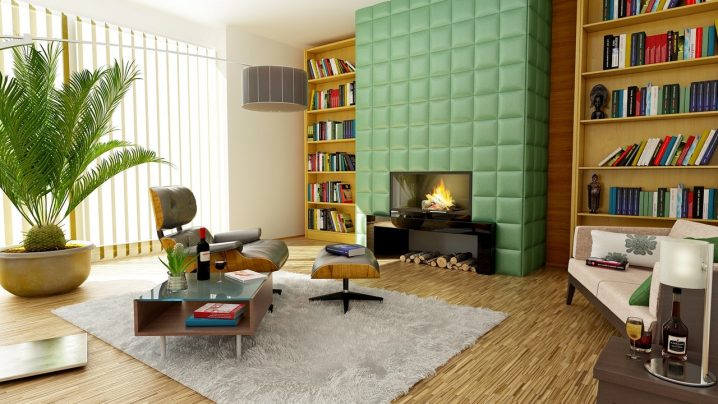The test of time is our greatest threat, and yet preservation methods still persist. We hold on to antiques to relish in the delicacies of fine craft making hoping their value will increase with every passing generation. But how is it that we should maintain their value responsibly? Just as our skin ages each day, we must respond accordingly.
Of course something older than we are is going to need a more special care than what we are used to. To think of this properly, we must first know in which ways our antiques do break down. As with time, things disintegrate as they are stepped on, touched with oily fingers, degraded by small bugs, and dried by the sun’s heat.
To sustain the life of our treasures, we have to be forward thinking when it comes to care. Below are a few tips to ensure that your antiques receive the love that you know they deserve.

- Clean regularly and correctly
As with all things that are cared for, regular cleaning is a must. For most antiques that are hard wood, dusting is the most common activity. If you are looking to maintain the integrity of the furniture, you want to be as delicate as possible to avoid scratching or wearing at the finish (top coat).
To do this, avoid any household wood polishers or harsh chemicals and instead start with a vacuum using a soft brushy end. After removing the dust, dilute a small dose of white vinegar in water. Using a soft microfiber cloth dipped in the solution (and rung out as much as possible), gently wipe in the direction of the wood grain. This will ensure that your wood furniture is crisp clean!
If it is antique fabric or a fine wool rug, a regular Persian rug cleaning cycle is also necessary. If possible, try to shake out your rug to remove dust particles and bugs weekly. Shaking rather than vacuuming will help preserve the fine fibers that your rug is made of. On a less regular basis (maybe once every spring clean), have your rug cleaned professionally. This deep clean will ensure that small direct particles are not wearing the wool away.
In case of a stain or spill, cleaning dyed fabric yourself is not recommended as the dyes can easily run and ruin the entire piece. It is always best to turn to a professional in this case who knows how to both preserve and clean the rug.
- Avoid too much contact
As much as possible, don’t touch your furniture! While it’s okay to enjoy its beauty, touching and stomping on precious aged materials is the best way to aid in its break down. The oils from hands can deteriorate the topcoat that is protecting the surface – that’s why antique dealers know to wear gloves when handling artefacts. And the more you touch, the more you have to clean!
Try not to place your favorite potted plant on any surfaces, as the moisture can cause mildew and destroy the delicate foundation.
For antique rugs and floor mats, walking on them pushes dirt into the finely weaved fibers. Therefore try to avoid stepping on them as much as possible. For those that are placed in footpaths, use a pad beneath to separate it from the floor surface and prevent sliding or tearing.
- Stay away from the light!
As our skin has revealed, sun damage is a real thing. The same goes for your antique furniture. To minimize exposure, try to shade out the light using curtains at peak sunshine hours. Also, where the sun hits, irregular fading can occur therefore to balance this out you should reorganize regularly to allow for a more even blanching.
All in all, your antiques count on you for the love they deserve. Good living conditions and proper care will give them long lasting life for generations to come.



